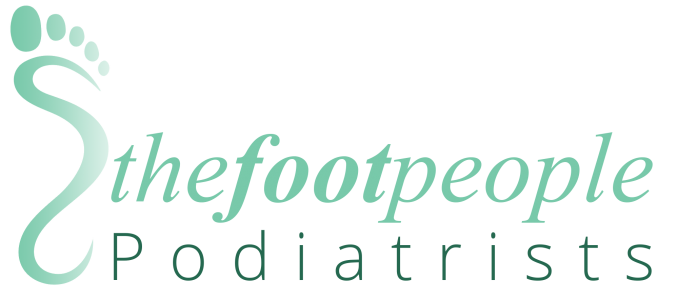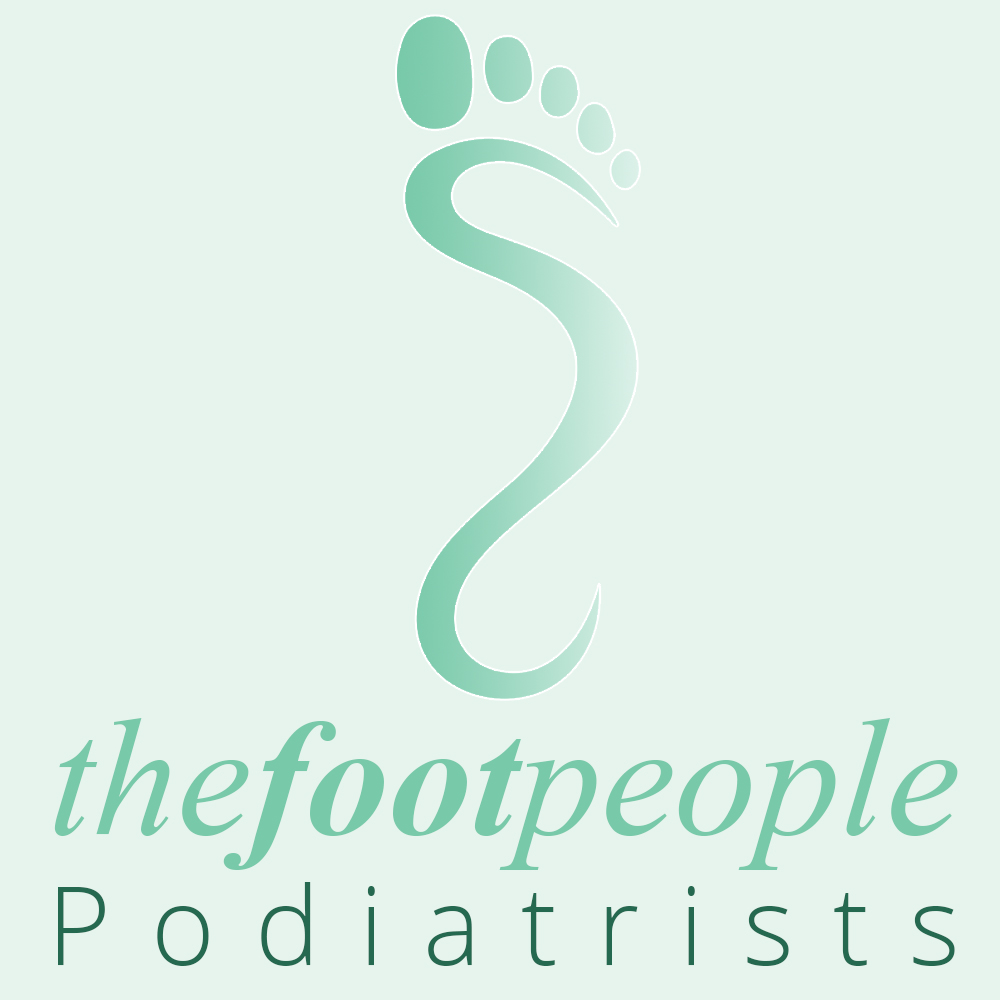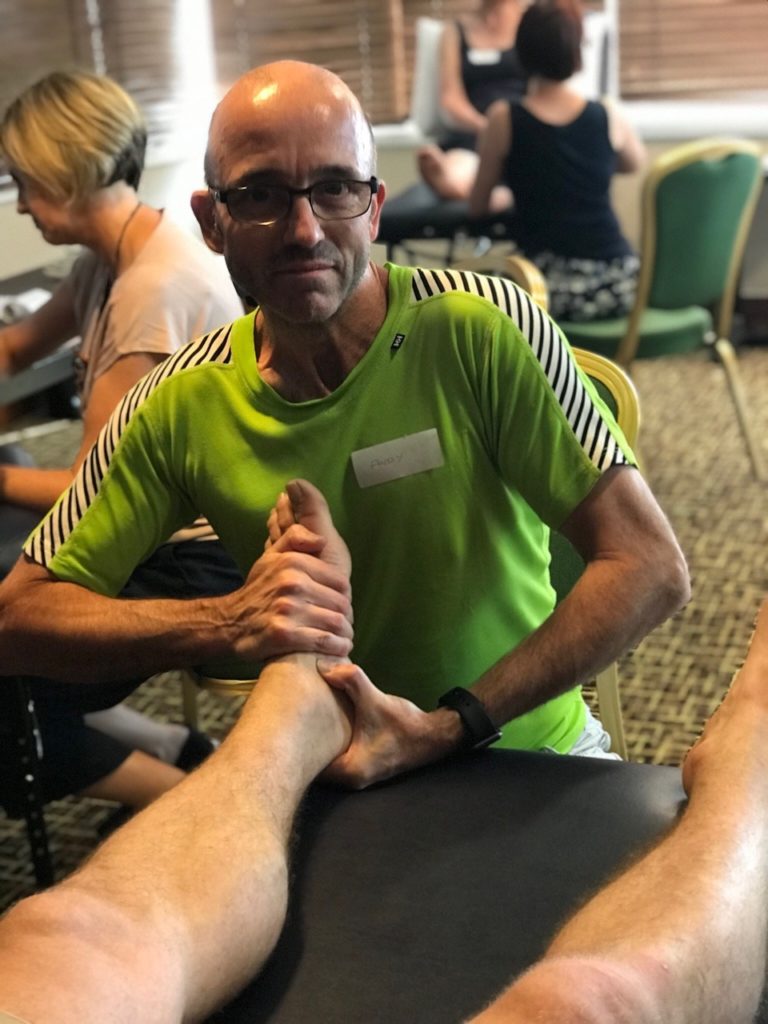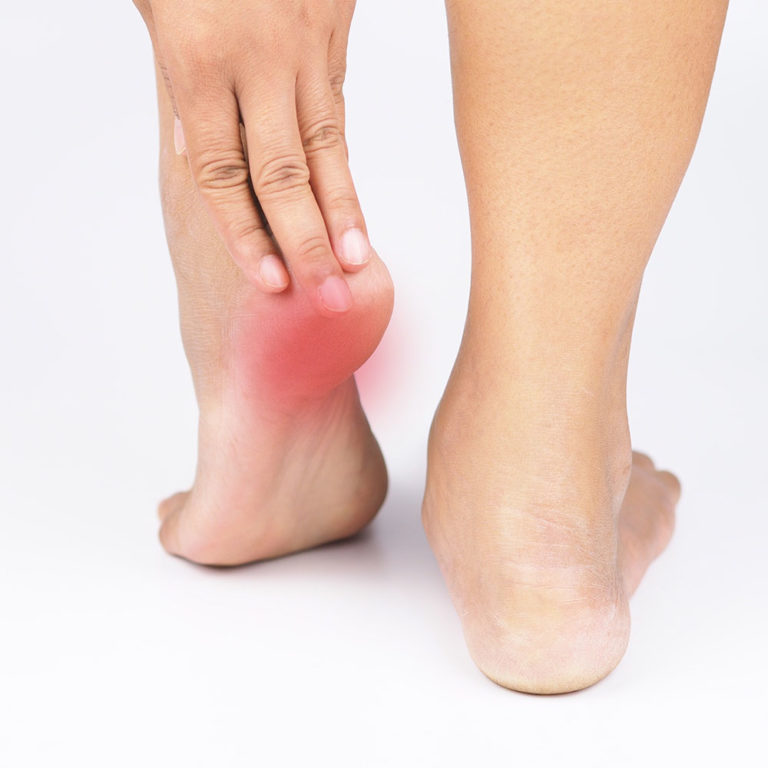Do you suffer with a sharp pain in or around your heel, when you first get up in the morning or on standing after resting for a while?
Do your symptoms subside once you have been active but then it gets worse as the day progresses?
Then you may have what is commonly called Plantar Fasciitis.
What is Plantar Fasciitis?
The literal term for plantar fasciitis is inflammation of the plantar fascia, which is a thick band of connective tissue originating at the front of the heel bone which stretches along the foot inserting into the area of the forefoot and toes.
What causes Heel Pain?
Heel pain can be caused by various soft tissue, boney, systemic (from within the body) and neurological (nerve) disorders.
It may be an ‘overuse’ injury where too much stress has been applied to the tissues around the heel, for example a sudden increase in activity.
Other examples include,
- Tight achilles tendon
- Tendinopathy
- Stress fracture
- Heel fat pad atrophy (thinning of the protective pad of fat under the heel).
- Bursitis (a small fluid filled sack similar to a blister but deeper in the tissues).
- Haglunds deformity (a prominence of bone at the back of the heel).
- Nerve entrapment.
- Foreign bodies, such as a thorn, hairs (common amongst hairdressers), etc.
- Infectious causes such as osteomyelitis (infection in the bone), verruca, etc.
- Arthritic conditions such as gout, rheumatoid arthritis, fibromyalgia, etc.
This is by no means an exhaustive list.
How is heel pain treated?
A correct diagnosis is imperative to increase the success of a treatment plan.
Once a diagnosis has been formulated an individual, evidenced based treatment plan will be discussed.
e.g. An initial assessment and possible reduction in activity may be needed followed by
Strapping of the foot to off load the affected tissues and then
Progressive high load strength training which will be increased over time and complexity to strengthen and encourage the tissues to adapt to different stresses, thereby resulting in stronger structures that will help prevent a recurrence of the problem.
Foot & Ankle mobilisation may be used to loosen tight joints and “reboot” the neurological system to a pre-injury norm.
Fascial manipulation may also be used to release adhesions and increase movement and strength in the affected areas.




